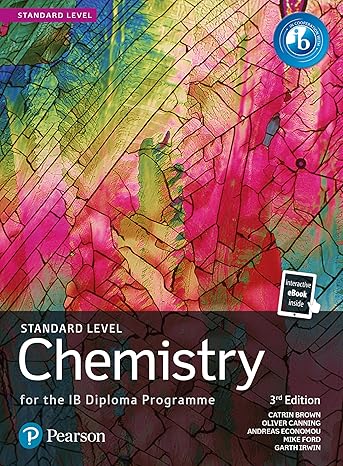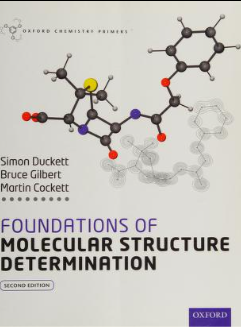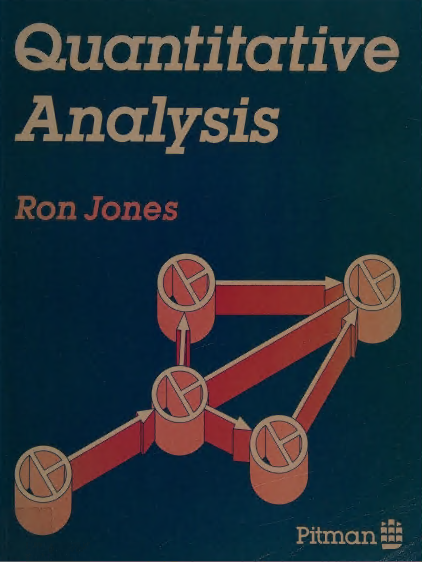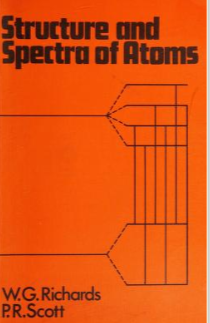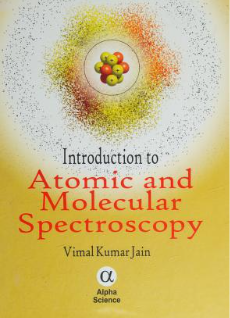دانلود کتاب Mechanical Properties of Polymers and Composites - Original PDF
Author:
Nielsen
0 (0)
توضیحات کتاب :
This text, now in its second edition, offers an up-to-date, expanded treatment of the behaviour of polymers with regard to material variables and test and use conditions. It highlights general principles, useful empirical rules and practical equations; detailing the specific behaviour of many common polymers, the text: places emphasis on time and frequency dependence over temperature dependence; uses contemporary molecular mechanisms to explain creep, stress relaxation, constant strain rate responses and crazing; provides explicit equations to predict responses; supplies a discussion of large deformation multiaxial responses; compares statistical and continuum theories on the same data set; and updates stress-strain behavior and particulate filled systems.
سرچ در وردکت | سرچ در گودریدز | سرچ در اب بوکز | سرچ در آمازون | سرچ در گوگل بوک
1,217 بازدید 0 خرید

